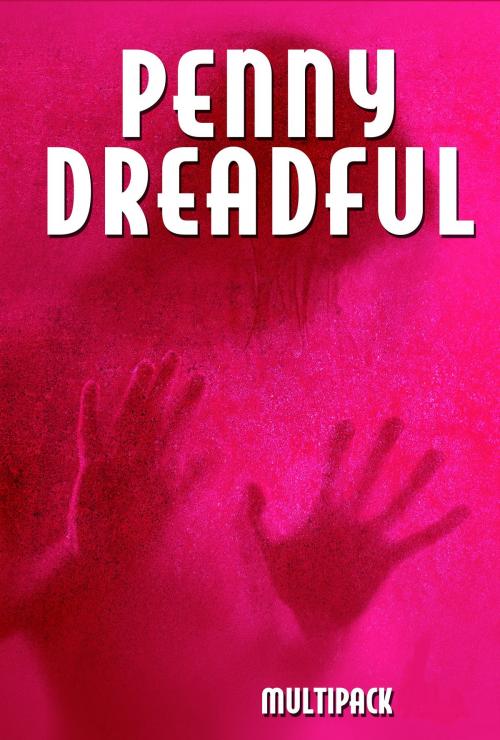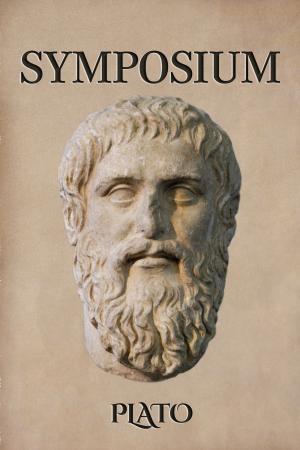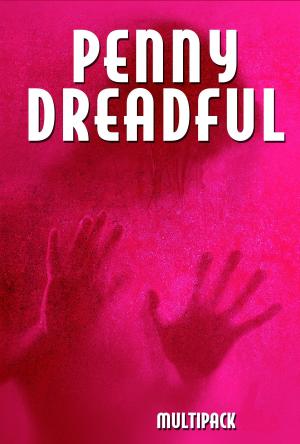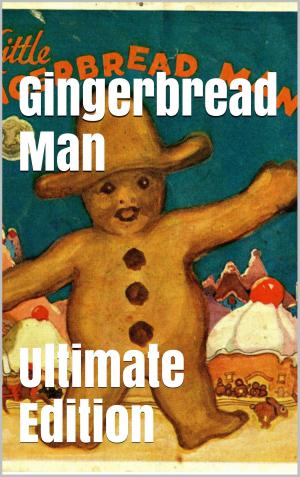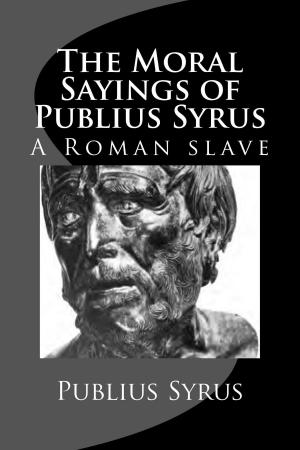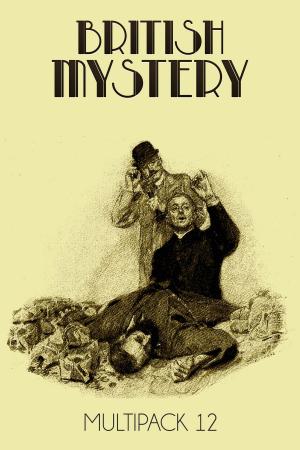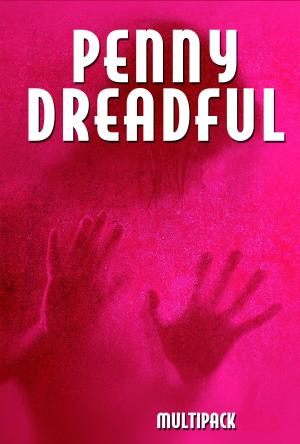Penny Dreadful Presents ...
The Murders in the Rue Morgue and The Canterville Ghost
Mystery & Suspense, Historical Mystery, Espionage, Fiction & Literature, Thrillers| Author: | Edgar Allan Poe, Oscar Wilde | ISBN: | 1230000245031 |
| Publisher: | Enhanced E-Books | Publication: | June 5, 2014 |
| Imprint: | Language: | English |
| Author: | Edgar Allan Poe, Oscar Wilde |
| ISBN: | 1230000245031 |
| Publisher: | Enhanced E-Books |
| Publication: | June 5, 2014 |
| Imprint: | |
| Language: | English |
'The Murders in the Rue Morgue' by Edgar Allan Poe
Decades before Sherlock Holmes, American author Edgar Allan Poe created the detective story in this remarkable trilogy of short stories featuring genius French criminologist C. Auguste Dupin.
'The Murders in the Rue Morgue' represents the beginning of crime fiction. The story was first published in Graham's Magazine in 1841 and has been recognized as the first detective story. Poe referred to it as one of his "tales of ratiocination". As the first fictional detective, Poe's Dupin displays many traits which became literary conventions in subsequent fictional detectives including Sherlock Holmes and Hercule Poirot. Many later characters, for example, follow Poe's model of the brilliant detective, his personal friend who serves as narrator, and the final revelation being presented before the reasoning that leads up to it. Dupin himself reappears in "The Mystery of Marie Rogêt" and "The Purloined Letter".
'The Canterville Ghost' by Oscar Wilde
It was the first of Wilde's stories to be published, appearing in the magazine The Court and Society Review in February 1887. It was later included in a collection of short stories entitled Lord Arthur Savile's Crime and Other Stories in 1891.
The eerie tale takes place in an old English country manor, Canterville Chase, which has all the accoutrements of a traditional haunted house. Descriptions of the wainscoting, the library panelled in black oak, and the armour in the hallway characterize the Gothic setting. Wilde mixes the macabre with comedy, juxtaposing devices from traditional English ghost stories such as creaking floorboards, clanking chains, and ancient prophecies with symbols of contemporary American consumerism.
Wilde’s chiller has been adapted for the stage and screen numerous times. A new cinematic version is rumored to be in the works for release in Christmas 2014 starring Hugh Laurie (House).
'The Murders in the Rue Morgue' by Edgar Allan Poe
Decades before Sherlock Holmes, American author Edgar Allan Poe created the detective story in this remarkable trilogy of short stories featuring genius French criminologist C. Auguste Dupin.
'The Murders in the Rue Morgue' represents the beginning of crime fiction. The story was first published in Graham's Magazine in 1841 and has been recognized as the first detective story. Poe referred to it as one of his "tales of ratiocination". As the first fictional detective, Poe's Dupin displays many traits which became literary conventions in subsequent fictional detectives including Sherlock Holmes and Hercule Poirot. Many later characters, for example, follow Poe's model of the brilliant detective, his personal friend who serves as narrator, and the final revelation being presented before the reasoning that leads up to it. Dupin himself reappears in "The Mystery of Marie Rogêt" and "The Purloined Letter".
'The Canterville Ghost' by Oscar Wilde
It was the first of Wilde's stories to be published, appearing in the magazine The Court and Society Review in February 1887. It was later included in a collection of short stories entitled Lord Arthur Savile's Crime and Other Stories in 1891.
The eerie tale takes place in an old English country manor, Canterville Chase, which has all the accoutrements of a traditional haunted house. Descriptions of the wainscoting, the library panelled in black oak, and the armour in the hallway characterize the Gothic setting. Wilde mixes the macabre with comedy, juxtaposing devices from traditional English ghost stories such as creaking floorboards, clanking chains, and ancient prophecies with symbols of contemporary American consumerism.
Wilde’s chiller has been adapted for the stage and screen numerous times. A new cinematic version is rumored to be in the works for release in Christmas 2014 starring Hugh Laurie (House).
